In general, baby boomers (the retired empty-nesters) have older domestic infrastructure, and this is likely poor performing. Also, there are fewer of them per household than younger generations with families.
To use BJ Fogg’s nomenclature the boomers are harder to affect purely behaviourally in ‘span’ (It happens over a period of time (e.g., 14 days)), or a ‘path’ (It happens over and over) ways because they are older and more set in their ways. As a consequence, relatively speaking they’re easier to affect in a single purchase moment – a ‘dot’ behaviour – that happens just once but whose effects are felt forever. How do we do that?
It appears rather crude, but for boomers considering purchasing water-using white goods we can make the efficient models more attractive by hiding a ‘this one is free’ ticket in each range, or store. (I realise this tactic delivered in-store is necessarily indiscriminate in its audience appeal, but collateral damage is not a problem so big a problem.) A lottery mechanism is very cheap for suppliers, and certainly cheaper than spreading a discount across a range – which is much harder to get a supplier-retailer combo to underwrite. Also, it works – why?
In a lottery we overvalue our chance of winning.
Therefore per pound sterling spent you get a more efficient inducement to purchase than most other mechanisms. We are not the only people to realise this – we see them used around the world, an in some surprising ways.
Taiwan recently initiated a lottery as an inducement for dog owners to clean up after their pets where poop-scooped mess was used as entry into a $2000 gold prize. In China it’s used to help with tax compliance by putting a ‘scratch card’ type mechanism on shop receipts which increases customers asking for receipts when purchasing goods (shopkeepers frequently ‘forget’ to attribute the sale to the taxable income account). It is an attractive and persuasive mechanism. (The speed camera lottery from the Fun Theory I’ve not cited, as it is likely to both decrease speeding and increase road traffic because its entry mechanism is a ‘successful drive-by under the speed limit’ which encourages repeat drive-bys.)
Also, this mechanism gives the opportunity to raise awareness of all the things ‘energy makeover’, which delivers information in a way that’s not ‘preachy’.
That information needs to be delivered in a way that’s most likely to spur action. Construal Level helps us with this, as proximal constructions usually engage. I wrote about a fabulous experiment using construal from Pahl in my book which involved infra-red cameras and heat loss.
In terms of energy/resource consumption you can either change behaviour around existing infrastructure, or change purchase behaviour of infrastructure. The audience defines the most elegant solution.
For more on this speak with us, or have a look at our capabilities
Also, as co-founders and supporters of the London Behavioural Economics Network, join the Meetup group and Facebook group for more details and events
Related Posts
August 13, 2023
Money (but not called that, and how it changes behaviour).
Advertising agencies make a lot of…
August 1, 2023
Reading ease is not as easy as all that – comprehension shows the way
It's easy to make text readable, right?…
July 20, 2023
The ‘Hollywood hello’ – and the importance of context when communicating
When communicating we all like to be as…




